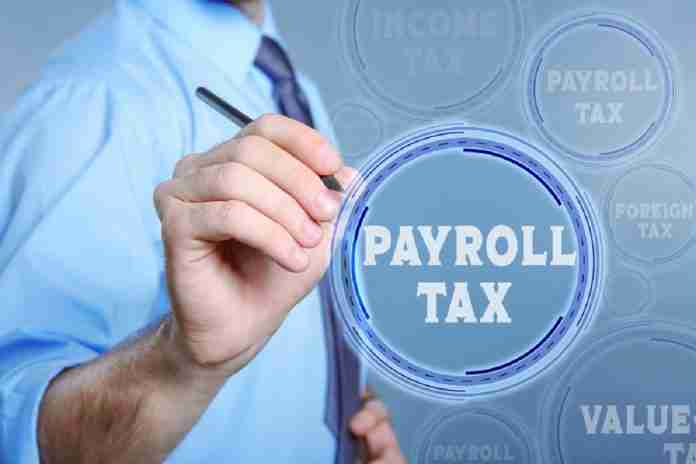The payroll tax cut was put into place by former President Trump in August 2020. Its goal was to help out people who were financially affected by the global COVID-19 pandemic and aimed to defer their payroll taxes until April 2021.
If you’re looking to understand how exactly the payroll tax cut works and who qualifies for it, we will cover all of this below:
How Does the Payroll Tax Cut Work?
The payroll tax “cut,” or payroll tax “holiday” isn’t really a cut at all; it’s a tax deferral. It deferred payroll taxes on Social Security from September to December 2020 to January to April 2021 because of the COVID-19 pandemic.
The deferral works by suspending these payroll taxes for middle-class workers that make less than around $100,000 a year. Employees who chose to opt into the tax cut did not have to pay their Social Security payroll taxes until April 2021. That said, these taxes will be due eventually.
Normally, 6.2% of your paycheck goes to Social Security taxes and 1.45% goes to Medicare. Under former President Trump’s memorandum, employees making $4,000 or less on their bi-weekly salary (before tax deductions) received a suspension on paying Social Security tax.
For example, if you work 40 hours a week and make $50 an hour, the maximum tax deferral is $124 per week, or $2,232 from the September-December suspension period. This is because the memorandum doesn’t apply to bi-weekly wages over $4,000.
In other words, employees who qualified for the payroll tax cut saved money over the deferral period but had to pay it back by April 2021, along with their regular payroll taxes the next January.
Although there were worries about how this would affect Social Security, Treasury Secretary Steven Mnuchin said that funding wouldn’t drop. Instead of money coming out of employees’ payroll taxes, it got transferred from the federal government’s general fund and into the Social Security fund.
Who Doesn’t Get a Tax Deferral?
To qualify for the tax deferral, you had to be working, along with meeting the parameters above. People who are unemployed, retired or stay-at-home parents weren’t eligible for the tax holiday.
Although unemployed people are the ones who have been hit the hardest financially by the pandemic, they were left out of the tax cut. However, in March 2021, Congress sent out a new round of stimulus checks, which allowed those who filed for unemployment to receive supplemental weekly federal benefits. At the time, the employment rate had been resting at 6.2%.
Final Verdict: The Tax Cut Helped Some, Left Others Out
Overall, the payroll tax cut worked by elongating the time period you had to pay your Social
Security taxes back, if you qualified for the deferral in the first place.
While this helped some people who were hit hard financially by the pandemic, it could have also made it harder to pay back your taxes, because payroll taxes continued normally after the suspension ended. This made it so people had to pay their delayed taxes back by April 2021 and then continue to pay their regular taxes the next January.
Whether you qualified for the tax cut or not, it’s important to remember that this cut was essentially more of a deferral, in that the money will need to be paid back eventually.














![Technical Aspects of 844 Area Code in 2024 [Detail Guide] 844 Area Code](https://articleify.com/wp-content/uploads/2024/01/844-Area-Code-150x150.jpg)














